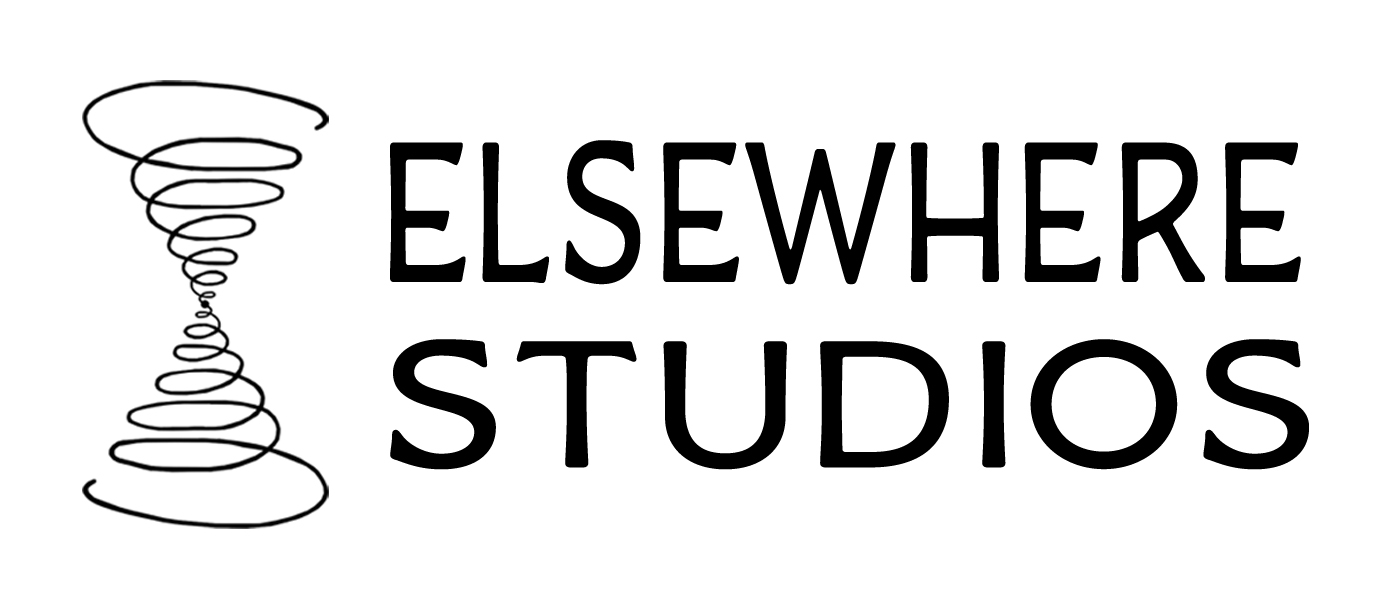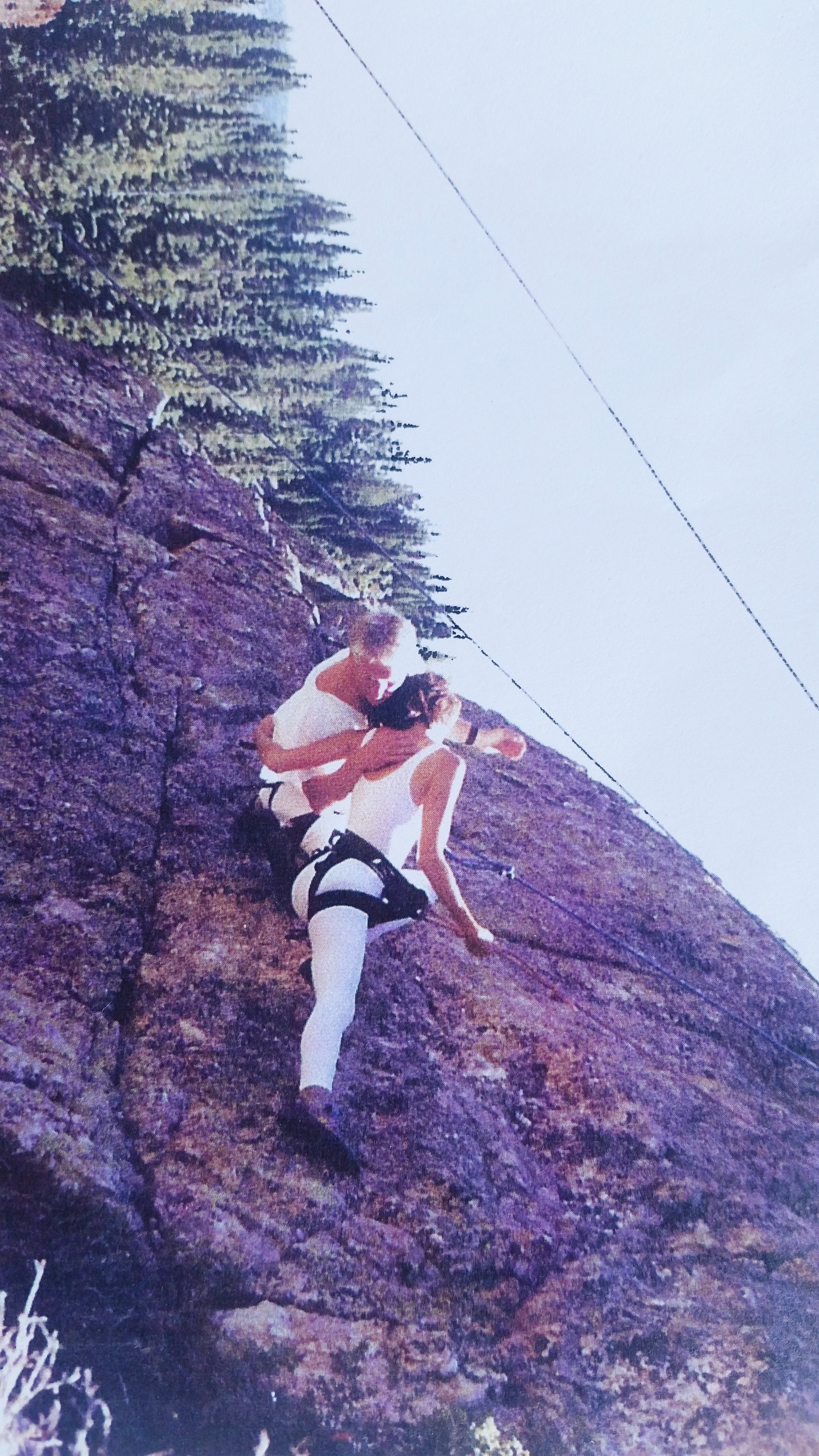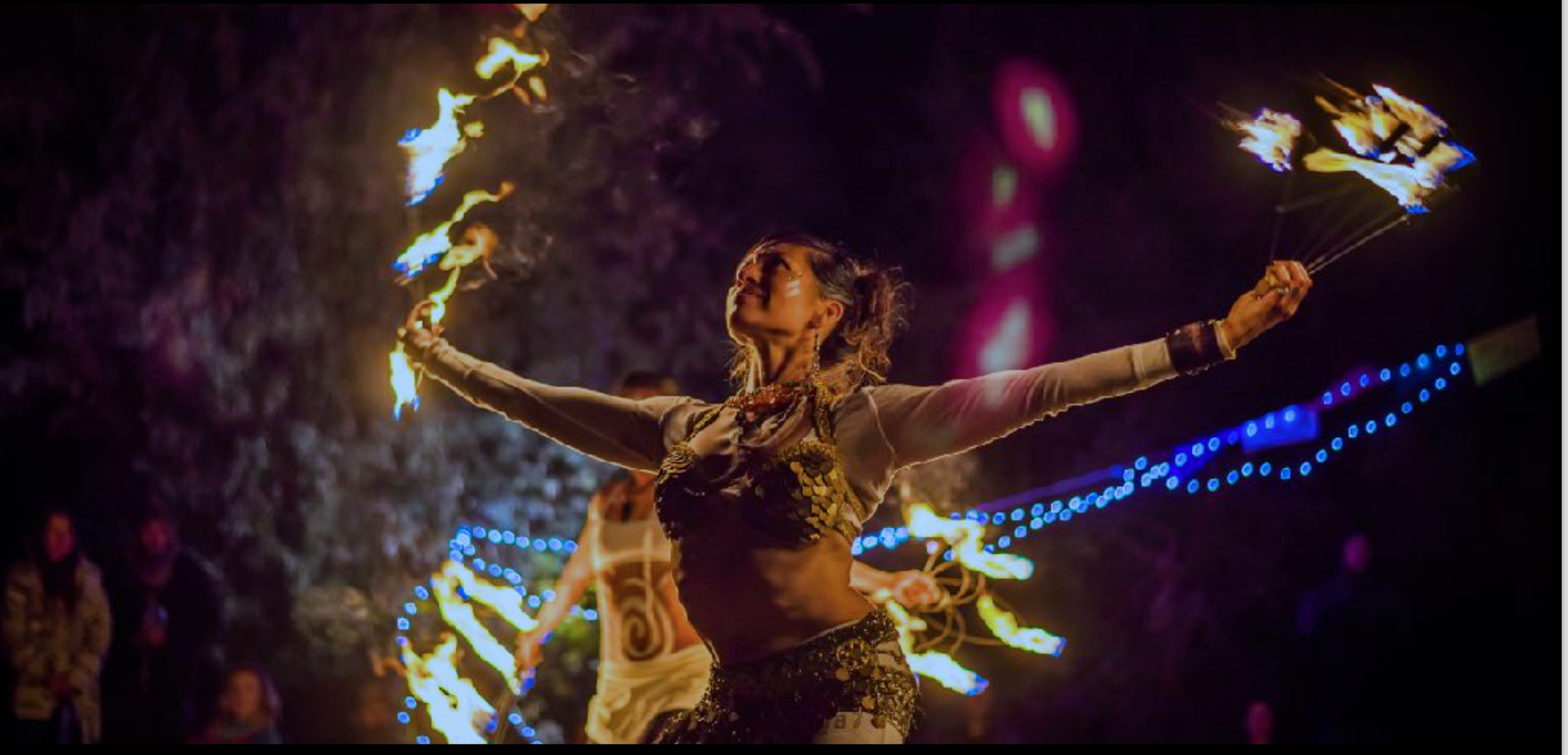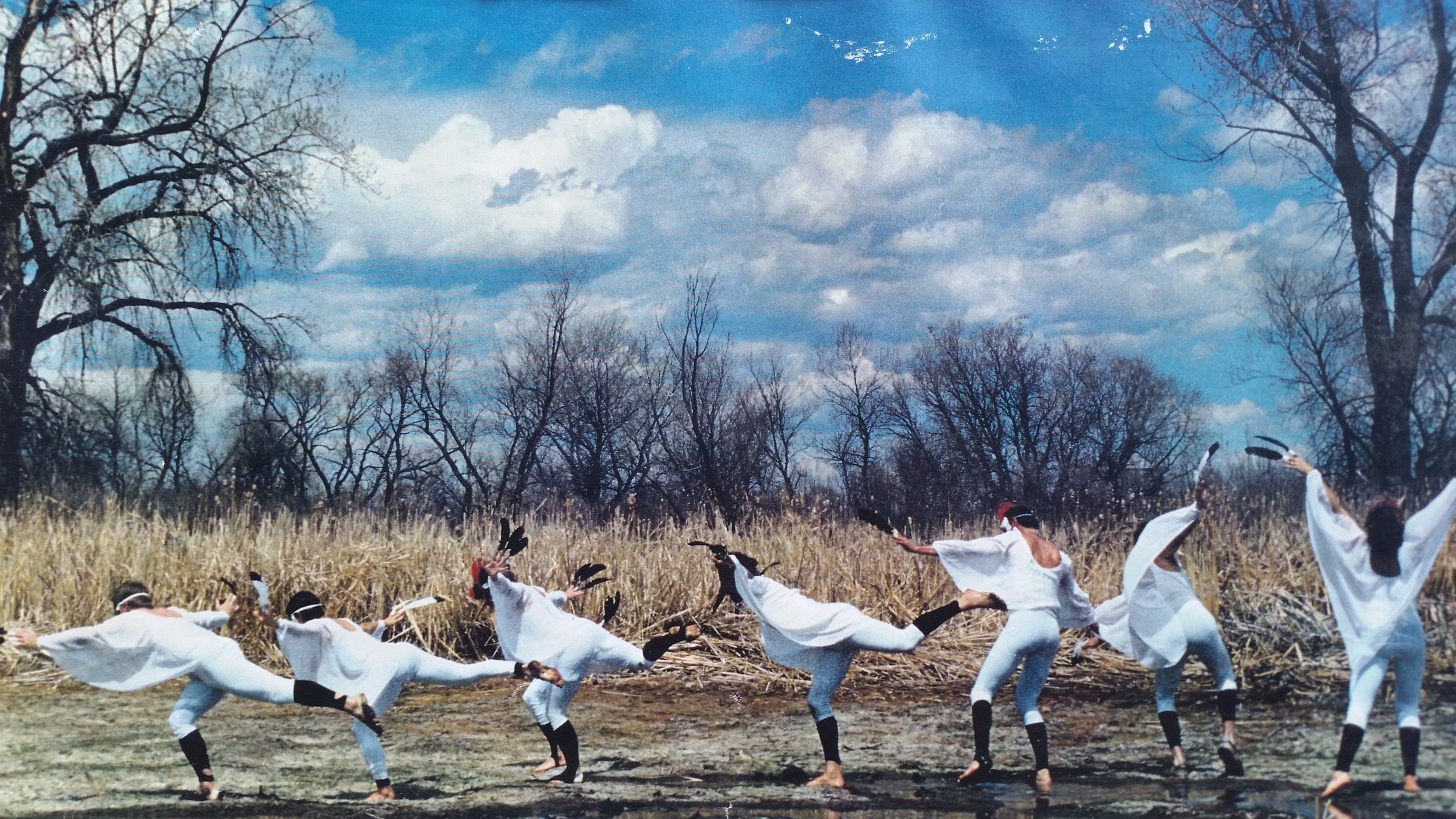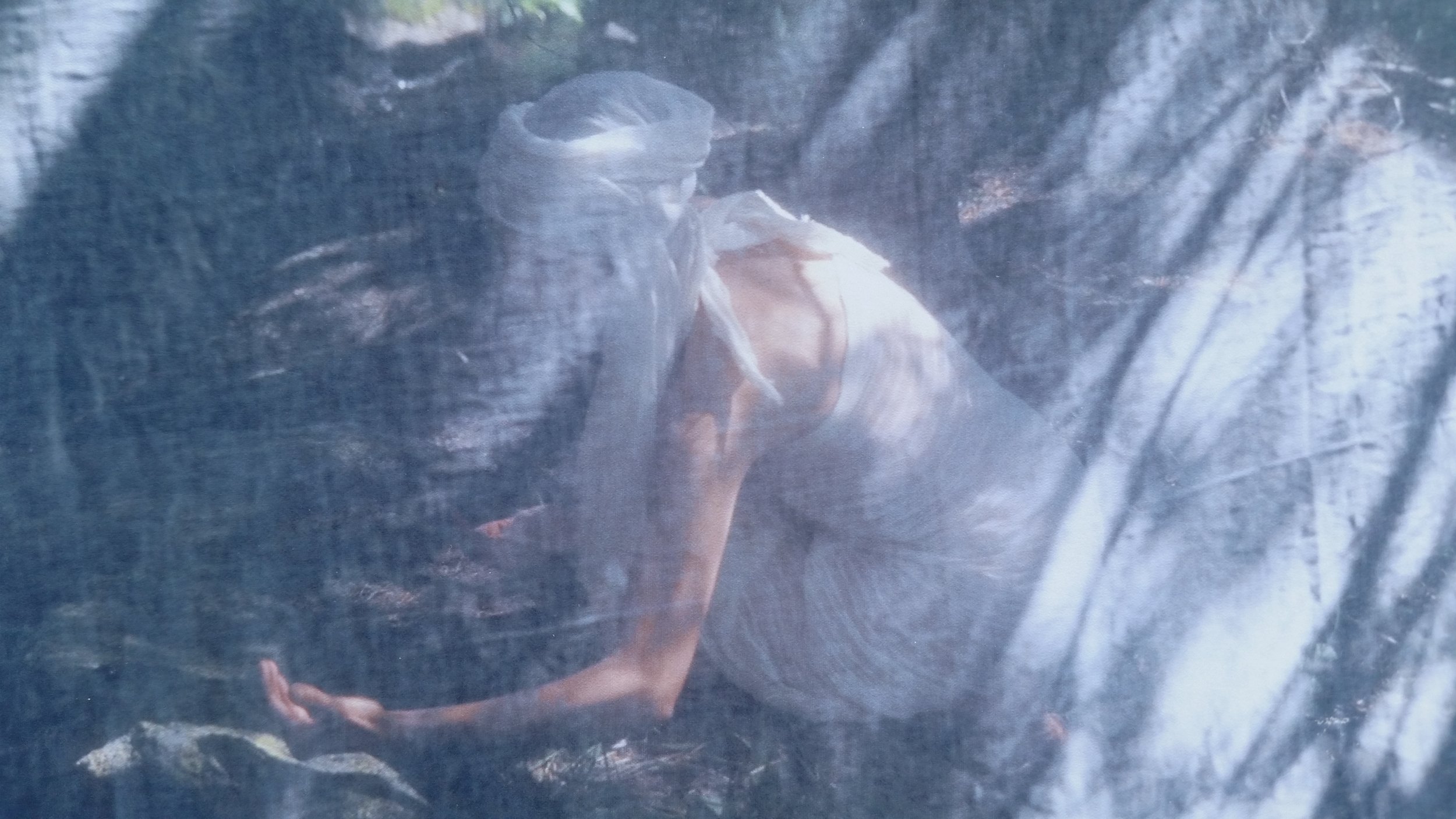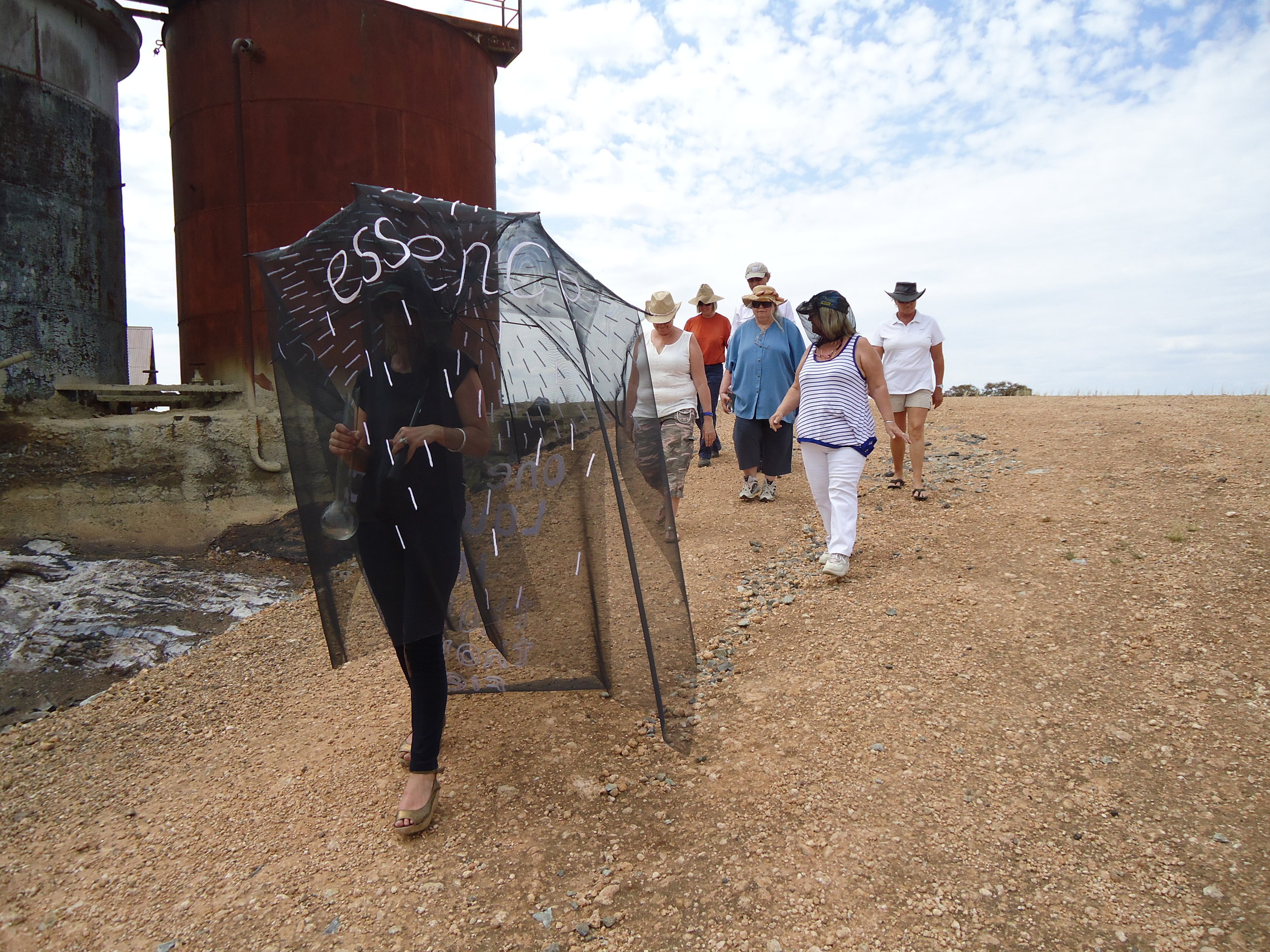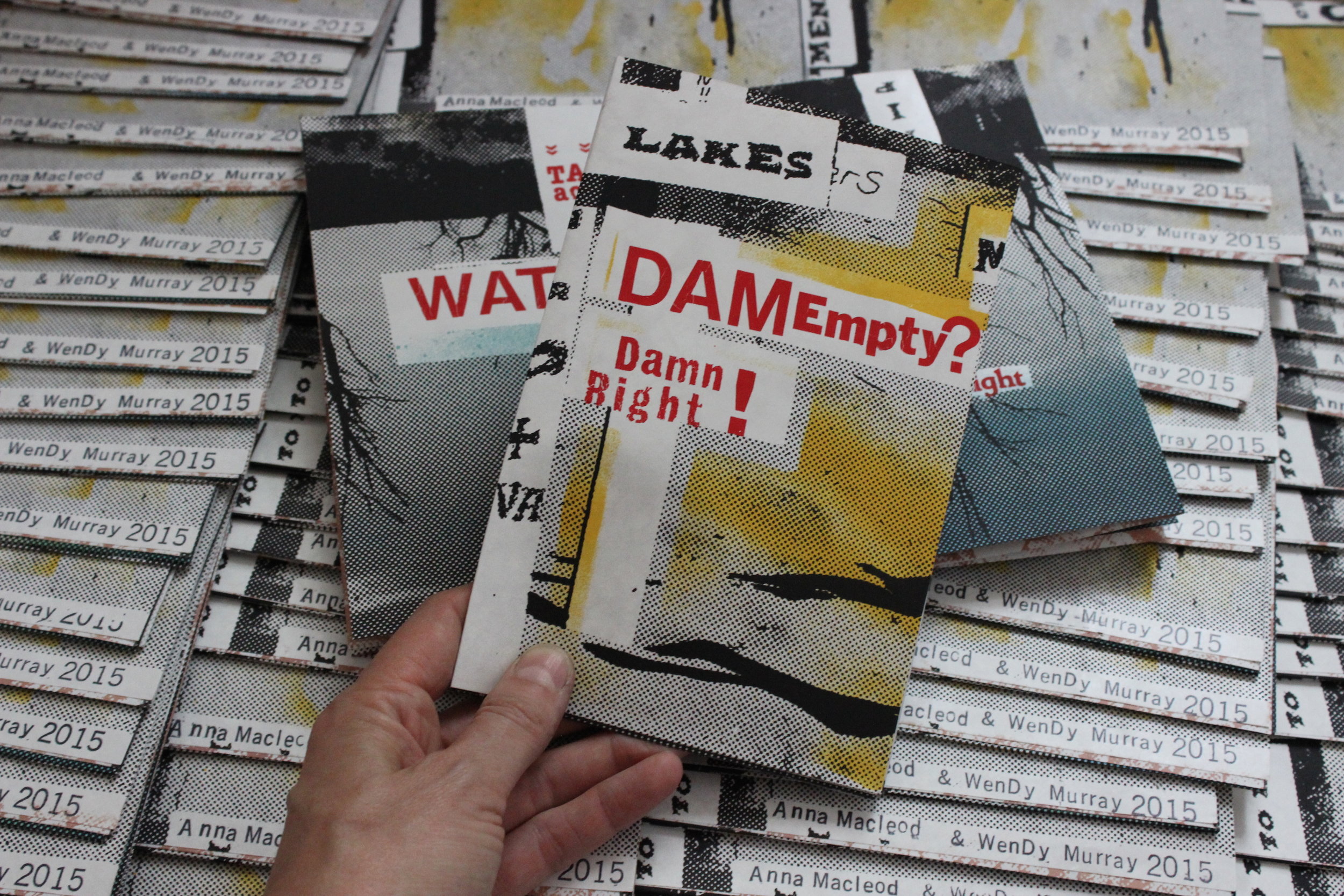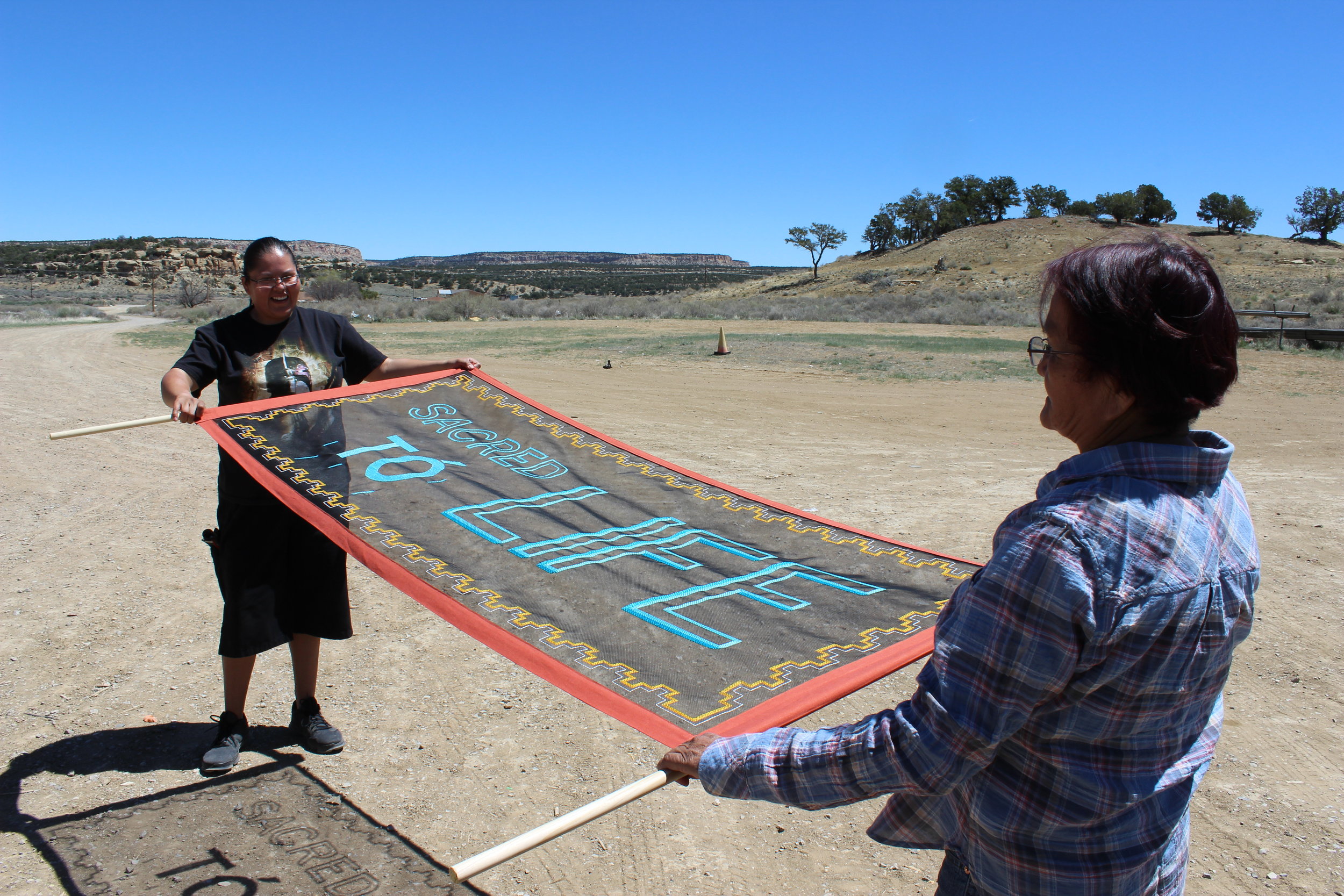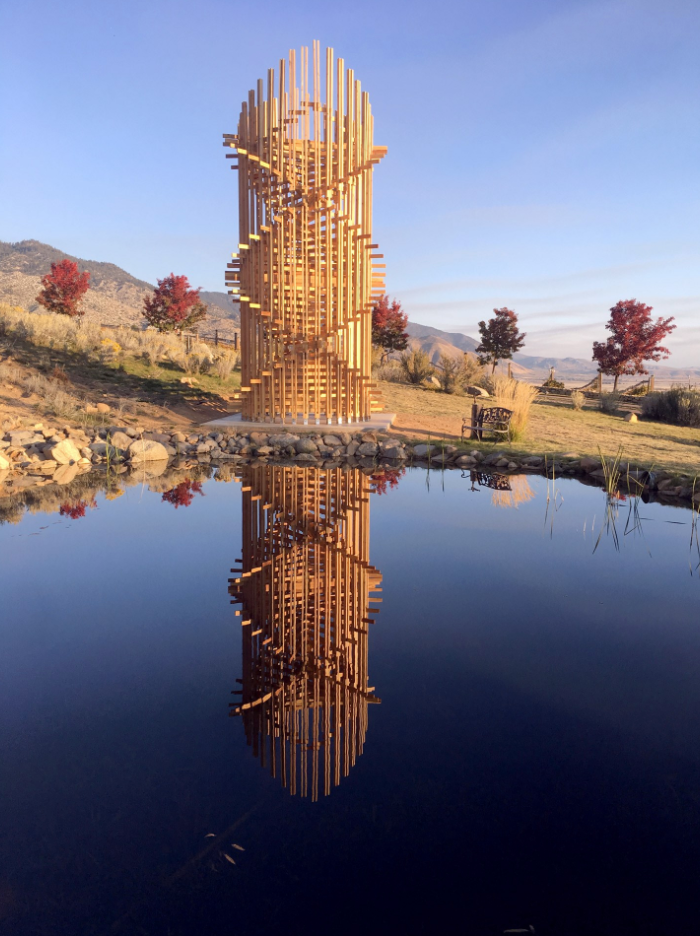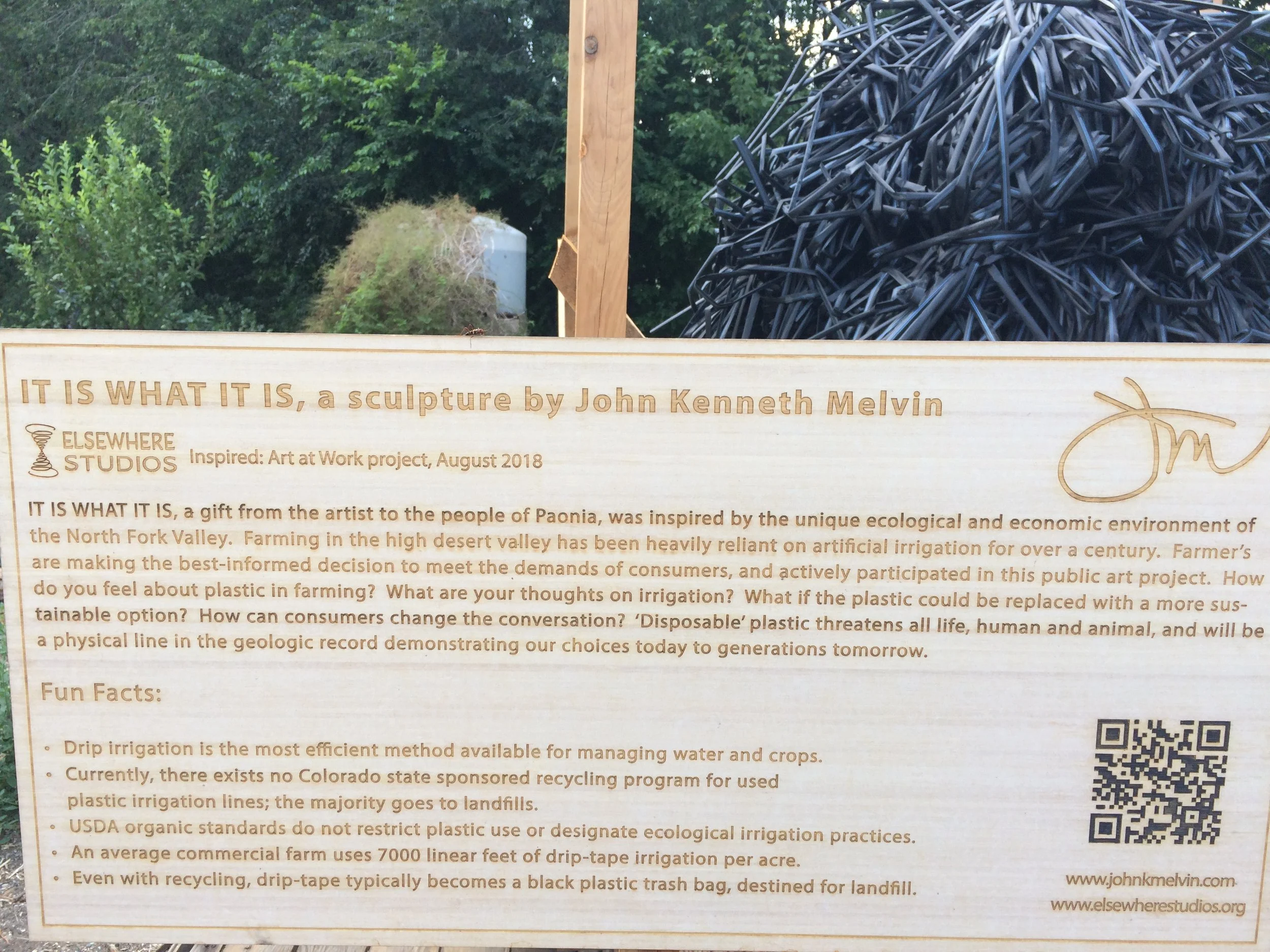LEARN more about the local & visiting artist projects:
Selected local Artists:
Christine Palafox
I need to know something kinesthetically and experientially from the inside out rather than being an admiring observer on the outside looking in. Because of that I immersed myself in storytelling, dance and ritual in my adult life. Nature's imagery and elements serve as an inspirational resource for the artistic pieces I create, evoking meaningful archetypal metaphors, and powerful imagery for emotional impact.
Tanya Blacklight
Tanya's creativity was transformed by the births of 2 daughters and living in Colorado, where she has become herself via motherhood, community, and time in nature. Influenced by natural cycles, metaphysics, collective biorhythms and psyche, her work is translated into modern day storytelling via the human form. She enjoys working with fabric, paint, film, stone, and metal to create a multimedia message.
Tanya and Christine plan to create a live multimedia dance to, generate awareness and response on Bureau of Land Management's decision to open up nearly 20,000 acres of federal and private mineral estate near Paonia to oil and gas leases, including developing up to 146 natural gas wells. The movement ritual will be performed on site, in beautiful areas that sustain the valley. The performance will include contemporary, ancient, and ethnic movement, and Anna Halprin's "RSVP Cycles” methodology for creative collaboration.
“I think our community’s story has the potential to resonate with people across Colorado and the globe because, as James Joyce put it, “in the particular is contained the universal.” Our valley’s struggle is the universal struggle for survival and prosperity. I hope the film allows people from many perspectives to celebrate the history of our valley while reimagining our economic future.”
CLARA PENA
I entered the art world through the side door. My degree is in biology--in college I studied parasites--but it became clear that my passion is visual communication.
For this project, I will work in collaboration with John Steele, and Matt Jenkins, fellow educators & screenwriters from Montrose. I will create two films: The first is a short film documenting the artists at Elsewhere as they pursue socially engaged artworks. The second, is a short film documenting the history of extractive industries in our valley.
"I want to ask: How can create a resilient economy that's good for the people and the land. Do we pursue a solar or agricultural niche? Nurture an economy based on tourism? I also want to hear from people who favor extractive industries--how that could be a good economy for the valley. How would industrial development impact the next generations?"
visiting artists:
Anna Macleod
Living in rural northwest Ireland has given Anna a strong interest in communities undergoing rapid change through climate change and post industrialisation. Her work of the last seven years, ‘Water Conversations,’ has taken place in nine countries; the collaborative aspect of the work has led to working partnerships with artists, scientists, cultural geographers, activists, engineers and local historians. She has received numerous artistic awards and residencies.
She works in sculpture, social actions, writings, and visuals.
http://www.annamacleod.com/
Walking Cochiti Dam-2017
This performative work involved working with community members of the Cochiti Pueblo to articulate the complexities of dam building on reservation lands in the USA as part of the Reclamation Act of 1902 and 1960’s Flood Control Act. The controversial Cochiti Dam was built in 1975 on the most sacred mountain and burial site in Cochiti Pueblo. The lake silt bed is now contaminated with waste plutonium washed down the Rio Grande from Los Alamos ‘Atomic City’, where the US government research programme, ‘The Manhattan Project’ produced the first atomic bombs between 1942 – 45.
In recognition of water as a living body, walking in this performance brings into focus the injured landscape of human interventions into sacred natural bodies.
Context for Red Water Pond Road Community banner, 2017, (far right image)
The Red Water Pond Road Community Association (RWPRCA) is a grassroots organization of Navajo Nation families who have experienced and lived with the impacts of uranium mining and milling in the Church Rock mining area since the 1940’s. The community hosts the annual Uranium Legacy, Remembrance and Action Day, a day of protest, awareness raising and memorial that takes place on the 16th July, the anniversary of the 1979 Church Rock Uranium Spill (https://en.wikipedia.org/wiki/Church_Rock_uranium_mill_spill) This industrial accident, the largest release of radioactive material in US history, occurred when a tailings disposal pond on the United Nuclear Corporation (UNC) Mill Site breached its dam wall spilling millions of gallons of solid and liquid radioactive waste downstream through the Puerco River and 130km of Navajo Nation Tribal Trust lands.
“Climate change has provided us with an unprecedented context for understanding our relationships. Our world is grappling with economic and ecological realities, yet we don’t universally see the simplicity of their interdependence. I uncover these inter-dependent relationships and present them in artworks to provoke and instigate dialog...”
John K. Melvin
John K. Melvin is an international artist nurturing community dialog on a meaning of ecology relevant to society. He typically up-cycles materials that have passed their traditional use. He has created public art exhibitions for over 14 years, and has become increasingly involved with works that highlight ecological concerns and interconnectedness of systems.
In 2017, he completed a major site‐specific project, Curbing Entropy, in Siem Reap, Cambodia, highlighting plastic pollution in partnership with several local environmental NGO’s. The sculpture, composed of 10,000 reclaimed single use plastic bottles, was exhibited twice. First at 1961 Art Hotel, then displayed inside the International Arrivals terminal of the Siem Reap Airport, near Angkor Wat complex in Cambodia. Curbing Entropy highlighted the issue of plastic pollution to thousands of tourists per day.
http://www.johnkmelvin.com/
